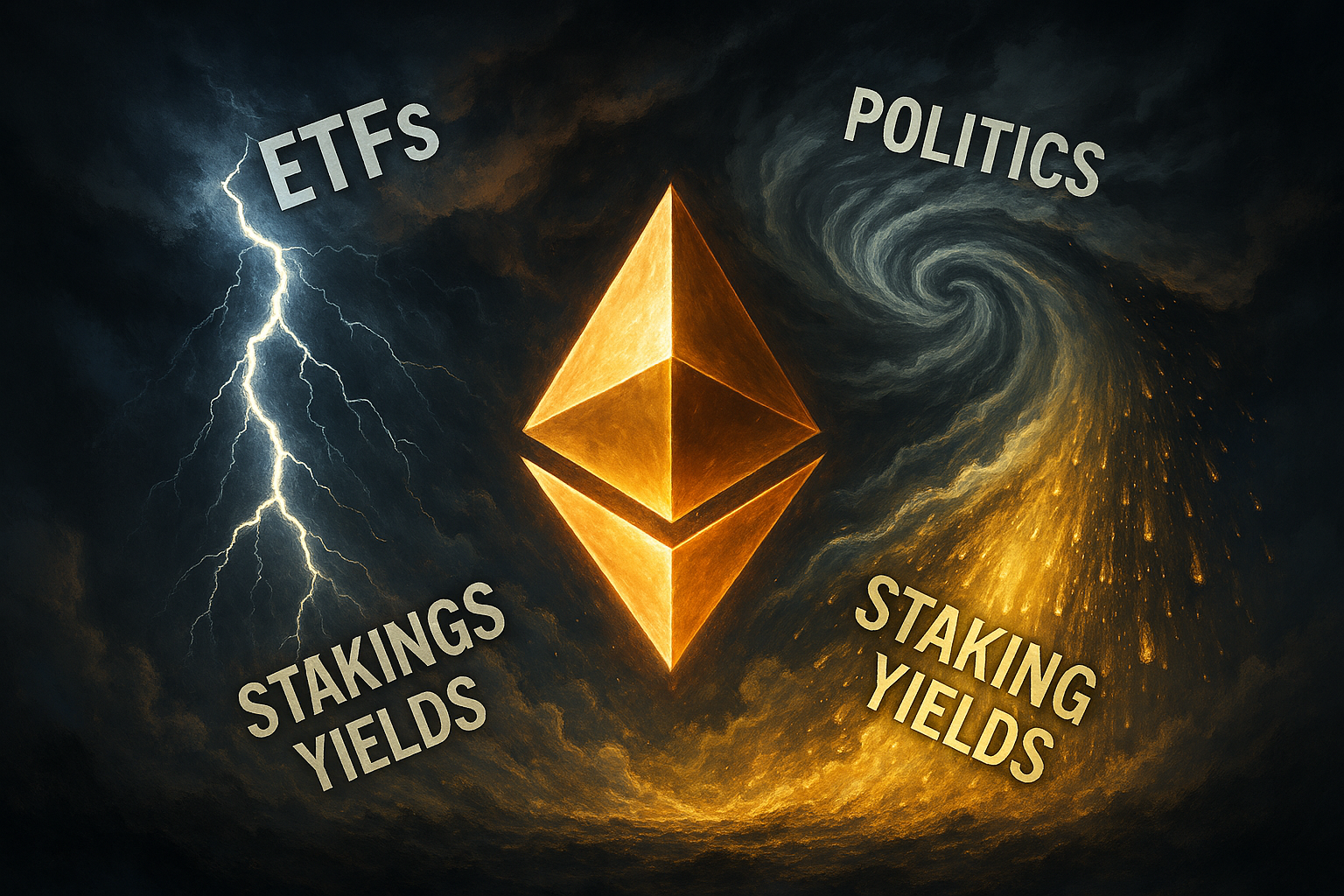U.S. Trading Partners Seek Exemptions from Trump Tariffs 2025

In 2025, President Donald Trump’s aggressive tariff policies, including a 10% baseline tariff and higher “reciprocal” tariffs, have sent U.S. trading partners seeking exemptions from Trump tariffs 2025 into overdrive. Effective August 7, 2025, these levies target nearly all imports, reshaping global trade. Countries like the EU, Japan, and South Korea are negotiating deals to mitigate economic fallout, while Canada and Mexico face unique exemptions under the USMCA. What drives these diplomatic efforts? This article explores the tariff landscape, exemptions, and their global impact.
Trump’s Tariff Overhaul: A New Trade Era
On April 2, 2025, Trump issued Executive Order 14257, imposing a 10% baseline tariff on all U.S. imports, with country-specific “reciprocal” tariffs ranging from 11% to 50% effective April 9. These were expanded on August 7, targeting 68 countries, including a 20% tariff on the EU and 34% on China. Invoking the International Emergency Economic Powers Act (IEEPA), Trump cited trade deficits as a national security threat. However, exemptions for Canada, Mexico, and specific goods like semiconductors and pharmaceuticals have sparked intense lobbying from other nations.
Key Exemptions and Negotiated Deals
Certain products and countries enjoy exemptions. The USMCA shields Canada and Mexico from new reciprocal tariffs, though non-USMCA goods face 25% (Mexico) and 35% (Canada) levies. Annex II of the executive order exempts copper, pharmaceuticals, semiconductors, and energy products. On July 31, 2025, Trump secured deals with the EU ($600 billion investment, 15% tariff cap) and South Korea ($350 billion investment, no tariffs on U.S. goods). Japan pledged $550 billion, lowering its tariffs. Zimbabwe eliminated tariffs on U.S. goods, securing a 15% rate. These deals reflect Trump’s “commercial diplomacy” strategy.
Diplomatic Push for Tariff Relief
Countries are racing to negotiate exemptions to avoid economic strain. The EU, facing a 20% tariff, continues talks to stabilize trade, with Commissioner Maros Sefcovic emphasizing a “rule-based trade order.” South Africa and Switzerland secured pharmaceutical exemptions, while Israel negotiates its 17% tariff. X posts highlight sentiment: some praise Trump’s leverage for securing investments, while others warn of market chaos. A 90-day pause on reciprocal tariffs (excluding China) allows negotiations, with 75+ countries engaging U.S. officials. However, legal challenges, like V.O.S. Selections, Inc. v. Trump, question IEEPA’s use for tariffs.
Economic and Global Implications
The tariffs, averaging 18.4% as of July 2025, could raise U.S. household costs by $3,800 annually, with a 2.3% inflation spike. Canada retaliated with 25% tariffs on $155 billion in U.S. goods, and China’s 125% tariffs escalated tensions. The IMF and OECD downgraded 2025 global growth forecasts, citing trade disruptions. U.S. firms like Walmart face supply chain challenges, though membership programs may offset costs. Trump argues tariffs protect American manufacturing, but critics warn of higher consumer prices and strained alliances.
Conclusion
The rush by U.S. trading partners seeking exemptions from Trump tariffs 2025 underscores the global trade upheaval. While deals with the EU, Japan, and others show negotiation successes, ongoing talks and legal battles add uncertainty. As countries navigate this new trade landscape, the economic fallout remains a concern. Share your thoughts on Trump’s tariff strategy in the comments below, and stay updated on global trade news.
FAQ: Trump’s Tariffs and Exemptions
- Which countries are exempt from Trump’s 2025 tariffs?
Canada and Mexico are exempt from reciprocal tariffs under the USMCA, though non-USMCA goods face 25–35% levies. - What products are exempt from the tariffs?
Exemptions include copper, pharmaceuticals, semiconductors, lumber, and energy products listed in Annex II. - How do tariffs impact U.S. consumers?
Tariffs may raise household costs by $3,800 annually, with a 2.3% inflation increase, per Yale Budget Lab.
Key Tariff Developments in 2025
- February 13: Trump’s “Reciprocal Trade and Tariffs” memorandum announced the Fair and Reciprocal Plan.
- March 4: 25% tariffs imposed on Canada and Mexico (non-USMCA goods).
- April 5: 10% baseline tariff effective on all imports.
- August 7: Country-specific tariffs (11–50%) implemented for 68 countries.










